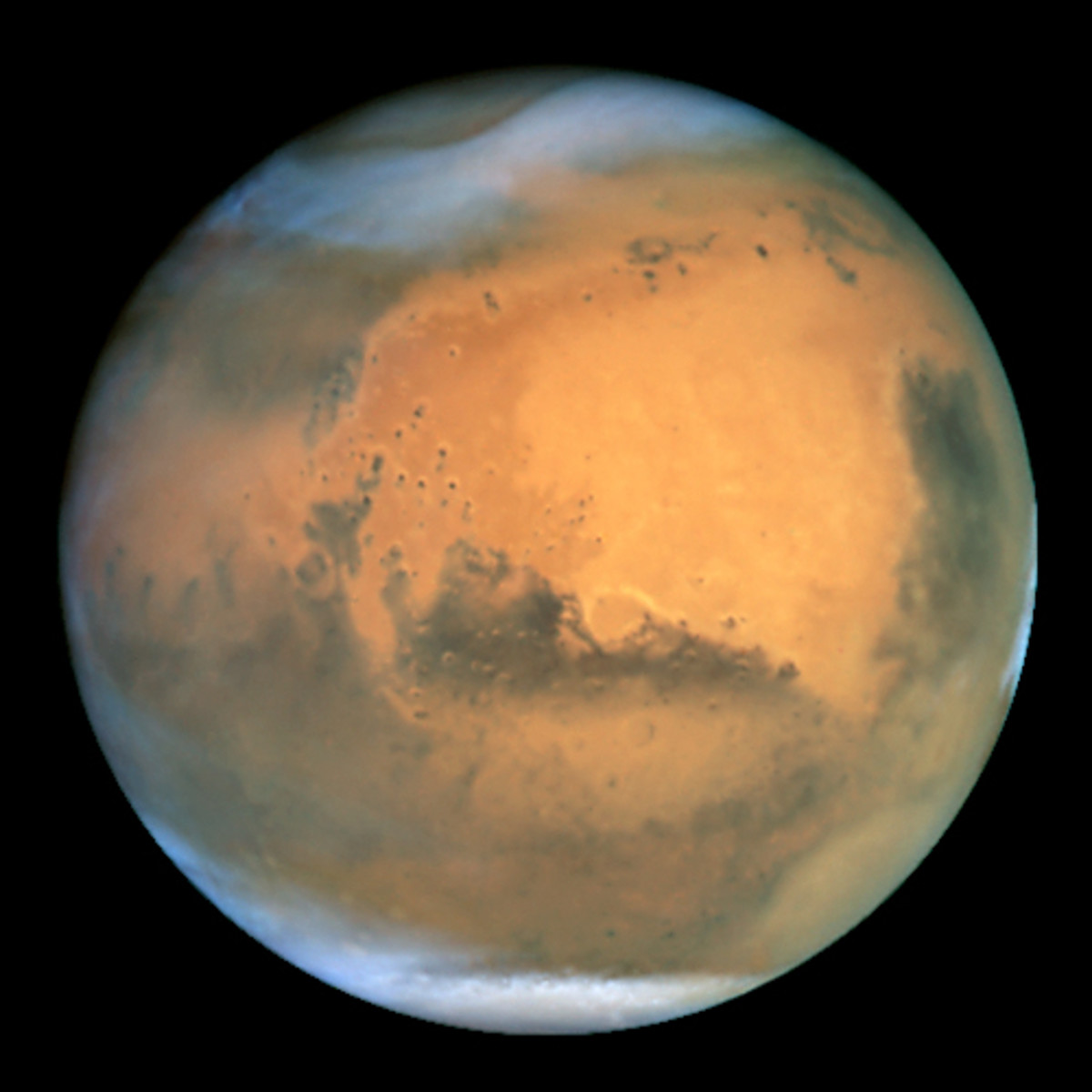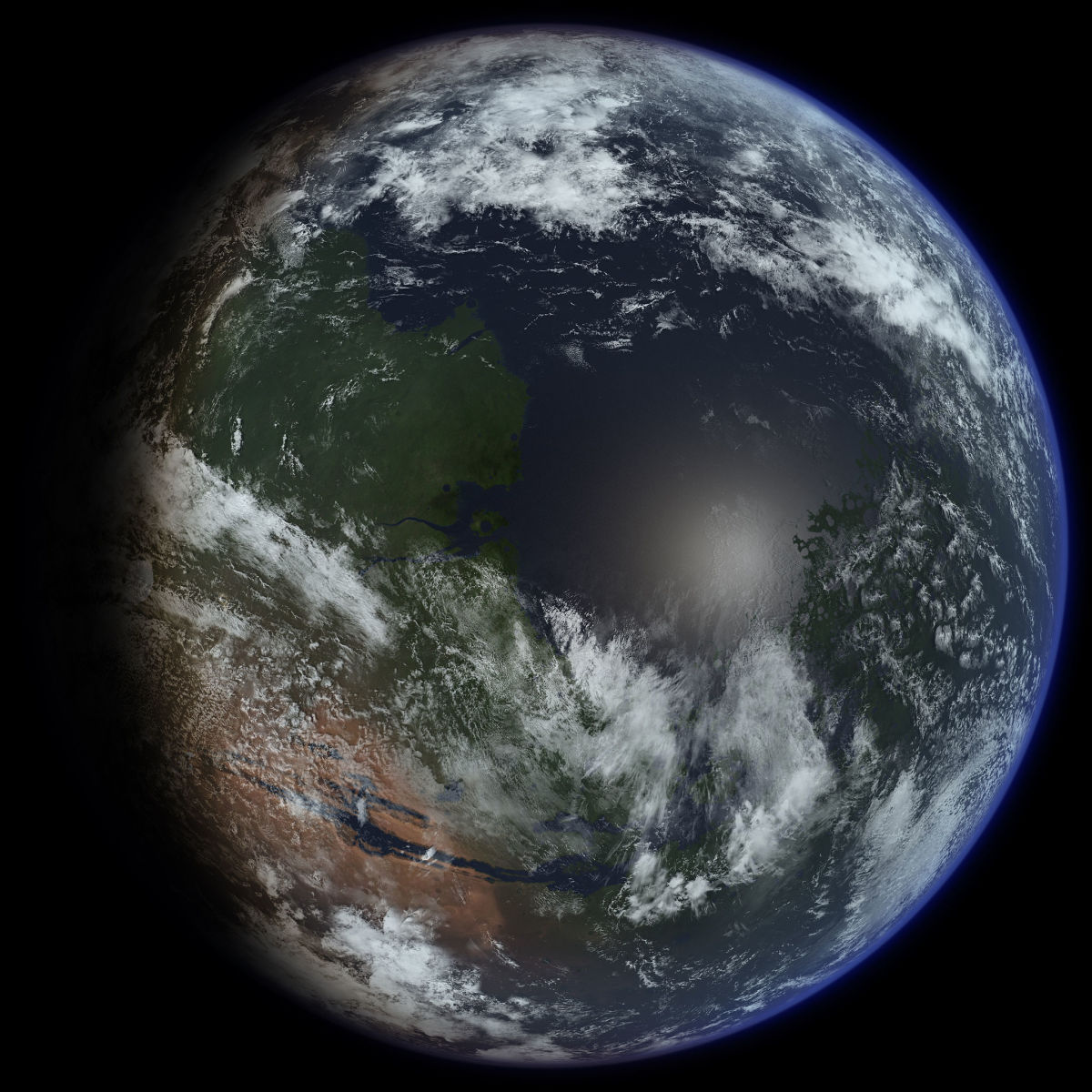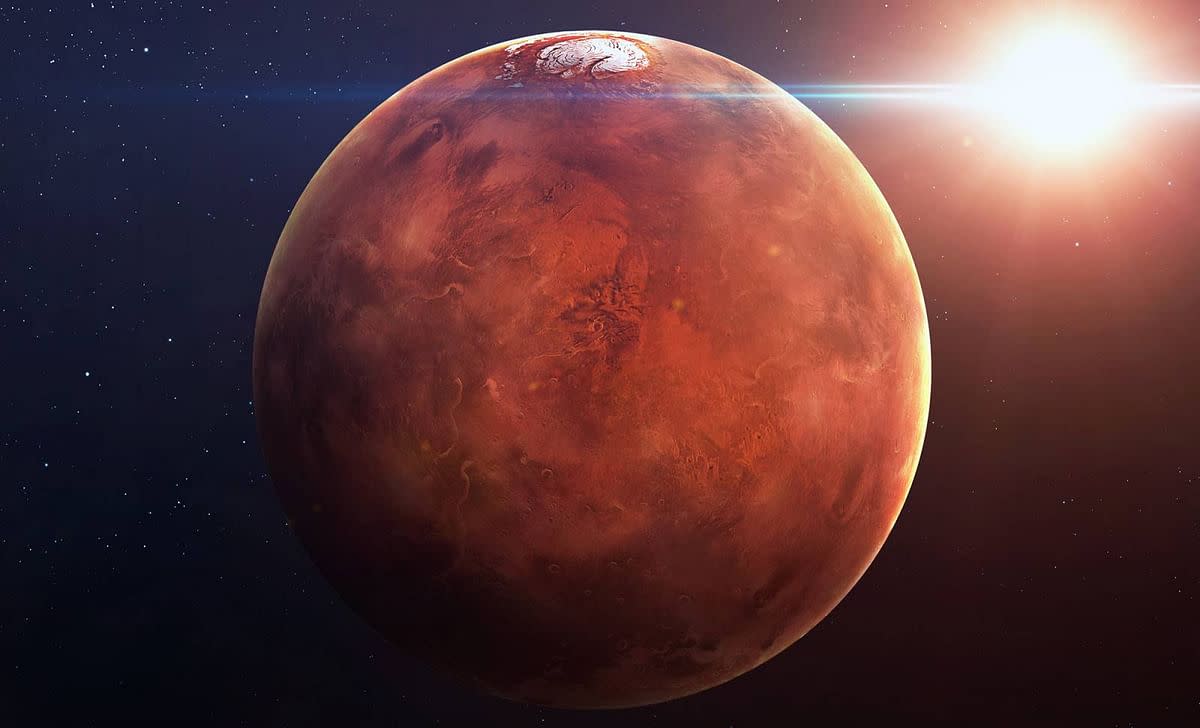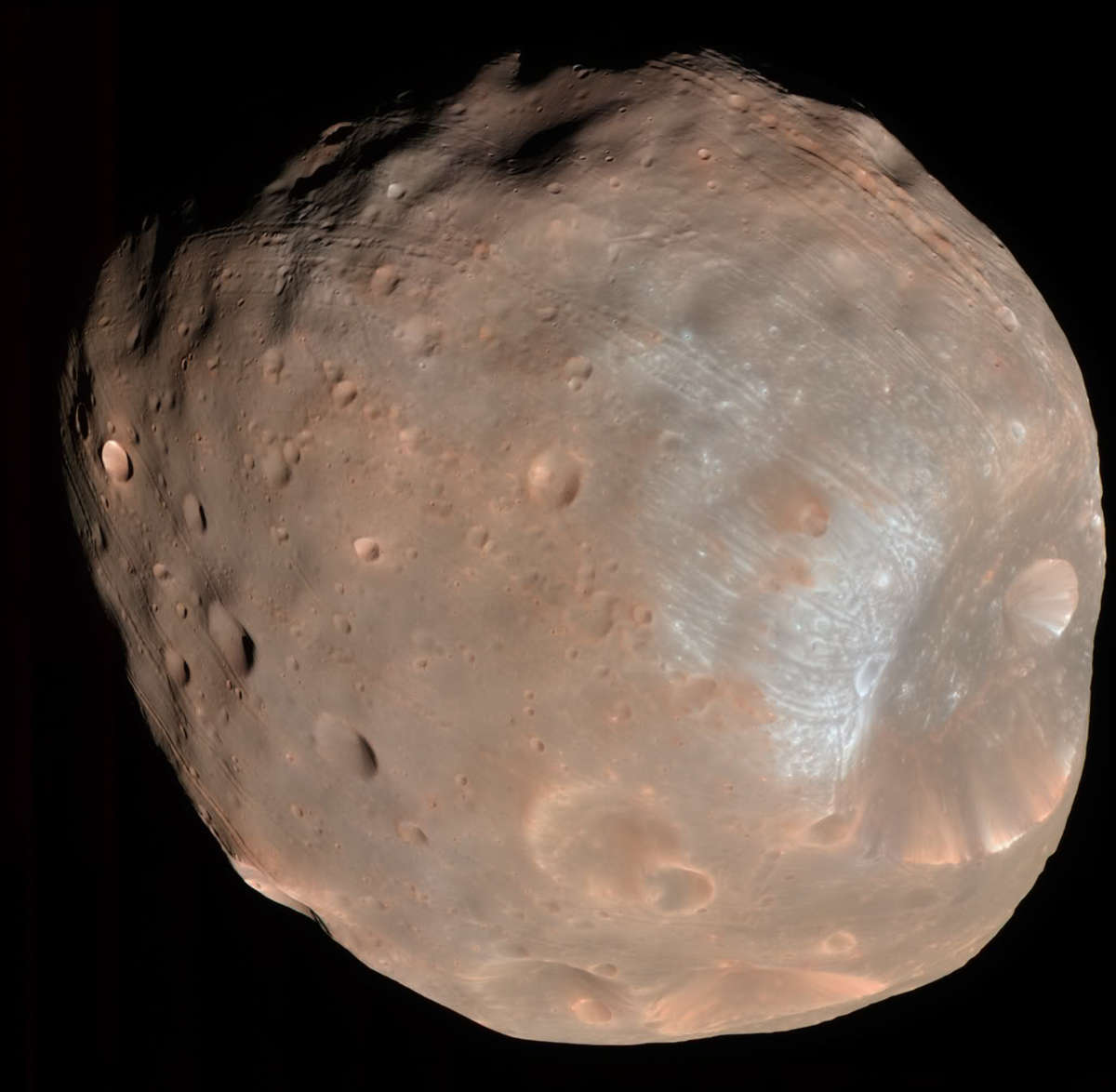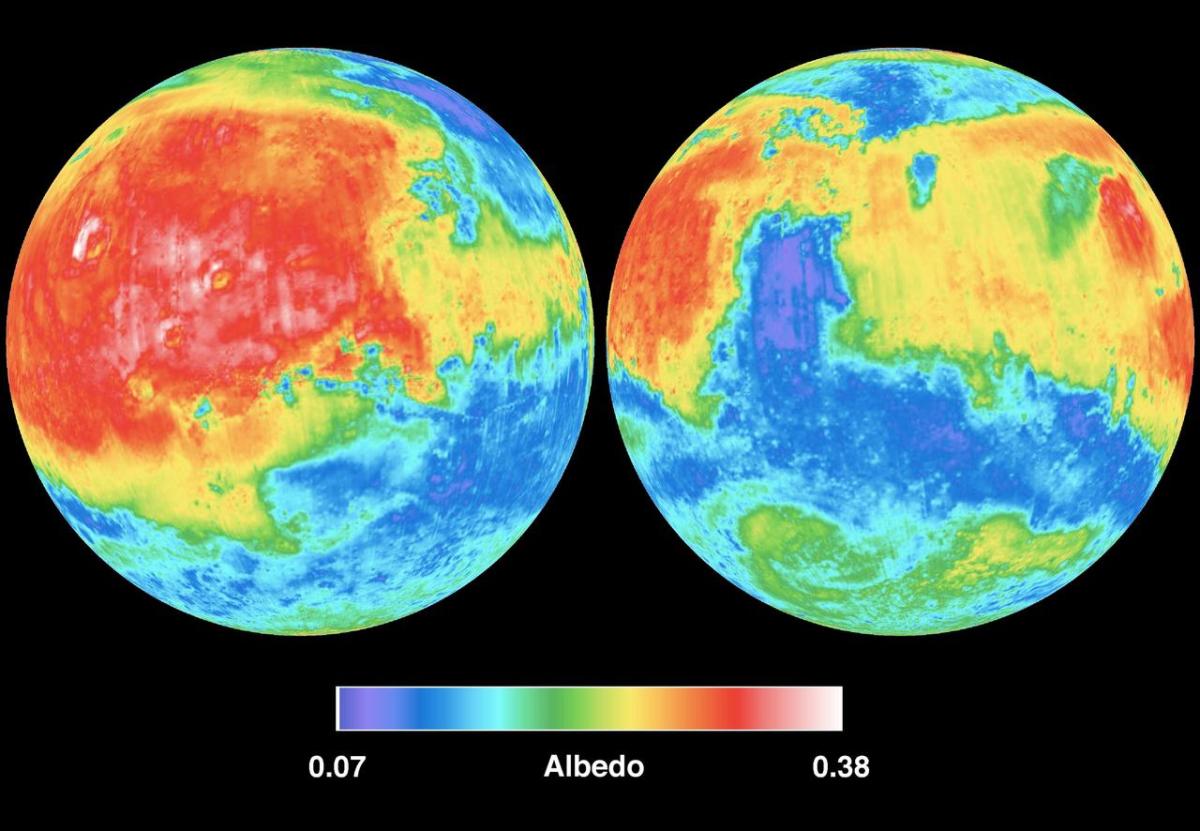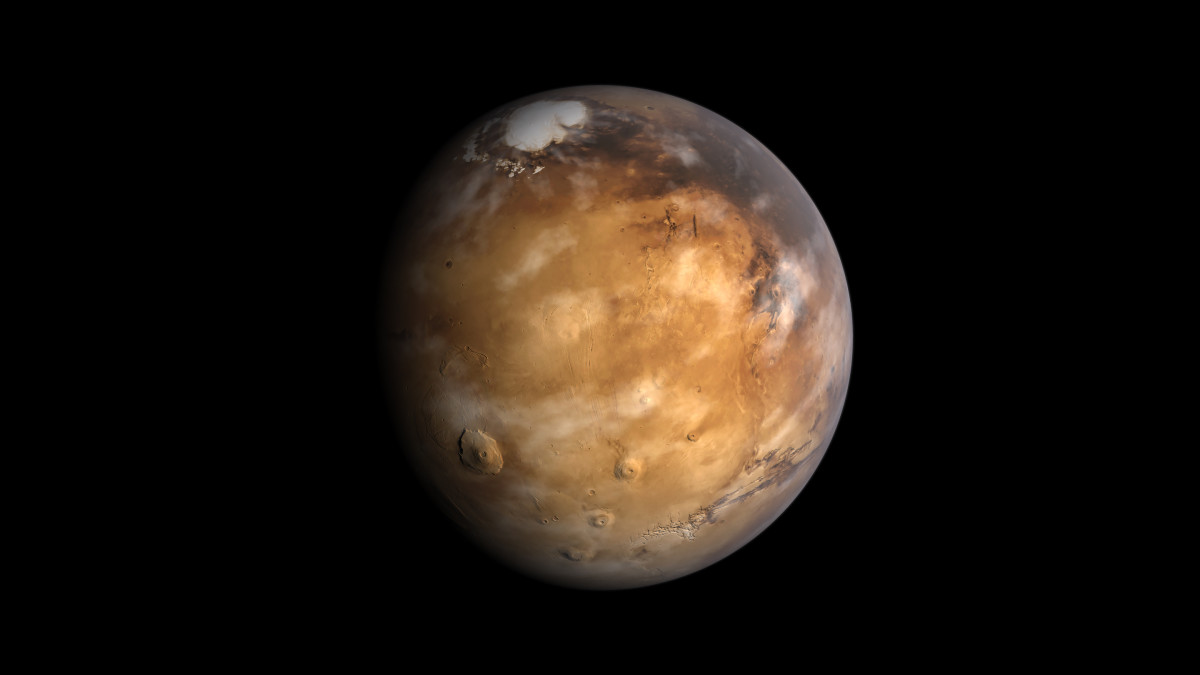Universe 101 - Mars, The 'Red Planet'
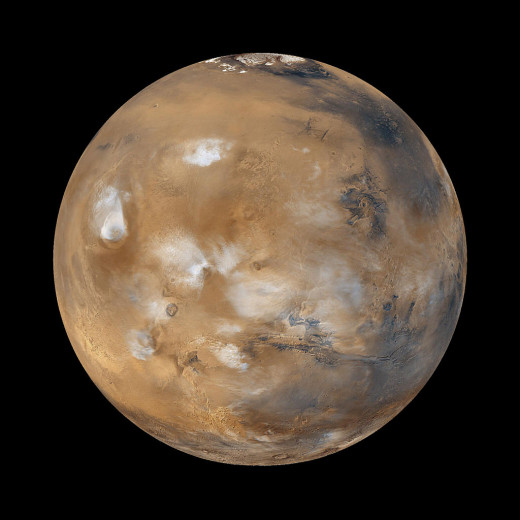
Are you interested in Mars?
Mars - An Overview
Mars, as you may know, is the fourth object in our beloved Solar System. It is also one of the four terrestrial and rocky planets, the other three being the Earth, the Venus and the Mercury. It looks red due to presence and abundance of ferric oxide, or rust. It is also visible to the naked eye, as a faint tiny red spot in the sky. However, the reason for such curiosity in Mars is the presence of 'dry' canals and rivers, which indirectly indicate that maybe water flowed through these canals once, which also suggests that maybe, maybe, life existed there. The 'Life' thing will be discussed afterwards, but now, I will discuss some of the facts of Mars.
Physical and Orbital Characteristics
CHARACTERISTIC
| VALUE
|
|---|---|
Revolution Period
| 687 Earth days
|
Rotation Period
| 1.025 Earth day
|
Distance from the Sun
| Approximately 230 million km
|
Radius
| About 3,400 km
|
Orbital Speed
| 24 km/s
|
Volume
| 15% of Earth
|
Mass
| 11% of Earth
|
Minimum Temperature
| 130 K
|
Maximum Temperature
| 308 K
|
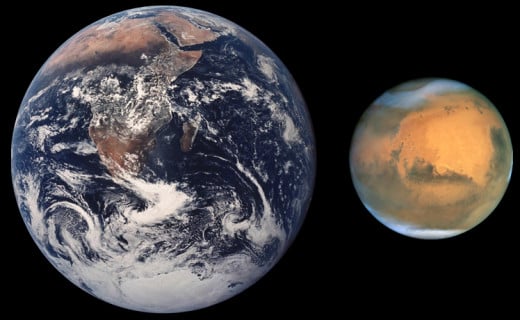
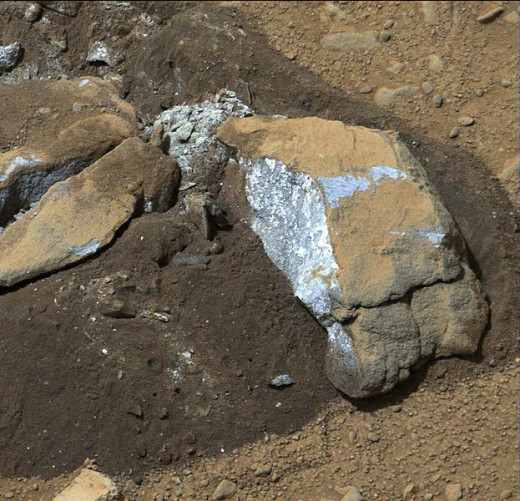
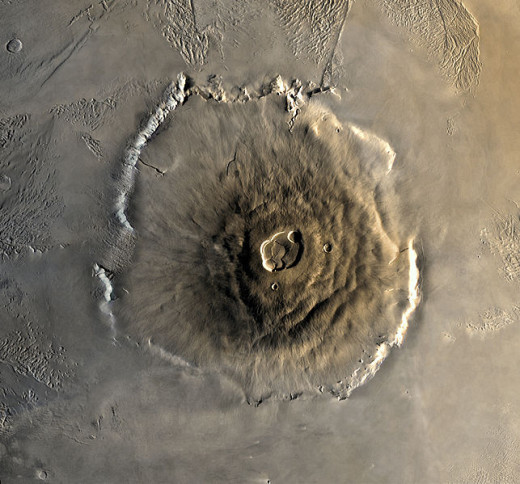
Surface Geology
Mars, like Earth, is a storehouse of a wide variety of minerals, which contain silicon, oxygen, metals and many other elements. Basalt dominates the Martian surface, but this basalt is more rich in silica than the Earth basalt. Most of the surface is covered in rust, which makes Mars look reddish-brown. The Martian soil is slightly alkaline and contains elements like magnesium, sodium, potassium and chlorine.
The topology of Mars, as observed by various landers and orbiters, includes huge and deep craters akin to that of Luna, our moon, as well as mountains, valleys, volcanoes, deserts and polar ice caps like that of Earth. It is also home to the biggest volcano, and the second tallest feature of the Solar system, the Olympus Mons, which is 22 km high, almost 270% taller that the Mount Everest.
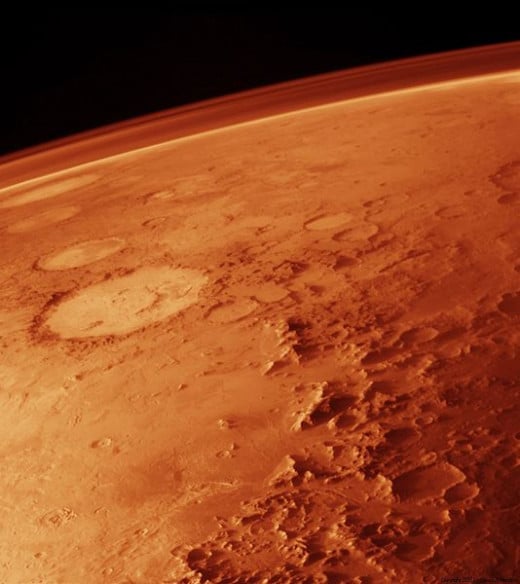
The Martian Atmosphere and Climate
As the Martian magnetosphere was lost about 4 billion years ago, the solar wind directly interacts with its ionosphere, which charges its atmospheric particles. Mars Express and the Mars Global Surveyor have detected ionised atmospheric particles in the Martian atmosphere. The mean surface pressure of Mars is 607 Pa, which is a meagre 0.6% of the surface pressure experienced on the surface of the Earth (101,300 Pa of 101.3 kPa). The Martian atmosphere mainly comprises of carbon dioxide (96%), argon (1.93%) and nitrogen (1.89%). The remaining 0.18% consists of oxygen and water.
Talking of its climate, it is very similar to that of Earth, the reason being the similar tilts of the rotational axis of both of them. Its seasons are about twice long as compared to Earth, because its takes almost double the time to complete one revolution. Mars also has the largest dust storms in the Solar System, which may even cover the entire planet. These eventually cause rise in temperature.
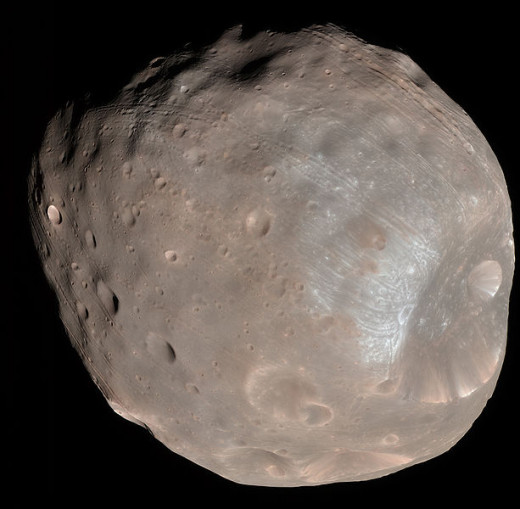
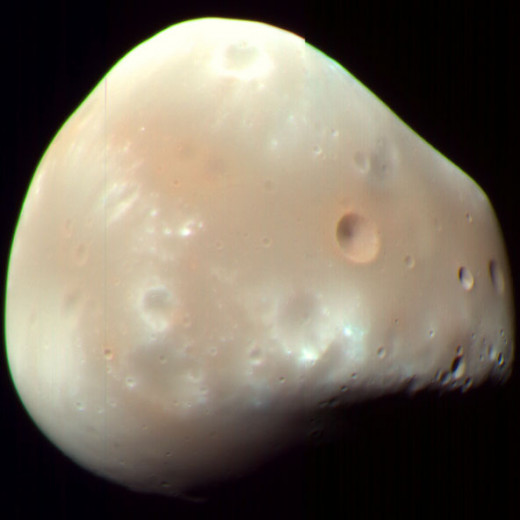
Moons
Mars has only two moons, Phobos and Deimos, which are named after the sons of Greek God of War, Ares. Pbobos is about 14 miles in diameter, whereas Deimos is only 8 miles wide. Both of them were discovered by Asaph Hall in 1877. Phobos, being only 6,000 km away from the Martian surface, takes only 7 hours and 40 minutes to complete one revolution around Mars. On the other hand, Deimos takes 30.3 hours to complete one revolution.
Martian Exploration
Till now, five active probes, which include three orbiters and two rovers, are the hubs of information about that mysterious planet. They include the 2001 Mars Odyssey, Mars Express, Mars Reconnaissance Orbiter, Opportunity rover and Curiosity Rover. Apart from these, dozens of unmanned spacecraft have been sent by Soviet Union, the United States, Europe and Japan to study the planet's surface, climate and geology.
The Curiosity Rover was launched on November 26, 2011 and it reached Mars on August 6, 2012. It is larger and more advanced that its ancestors, and it moves at the rate of 90 m/h. On February 10, 2013, it took the first rock samples taken from another planetary body, using its on-board drill.
Moreover, The Indian Space Research Organisation launched Mangalyaan, on November 5, 2013, with the aim of analysing the Martian atmosphere and topography. This will be the first successful Asian interplanetary mission, if it positions itself in the Mars Orbit in late 2014.
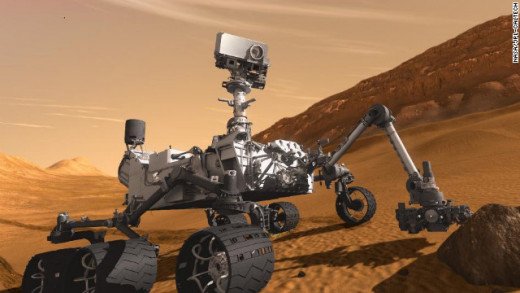
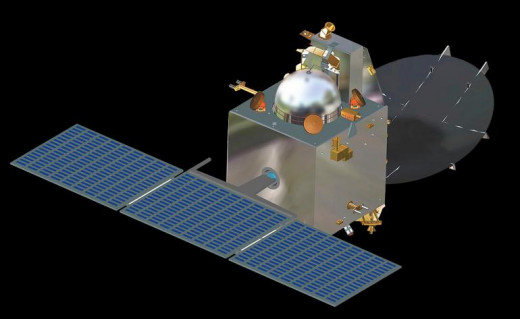
This was a brief information about Mars. But now, I come to the biggest question, is life possible on Mars?
Before answering this, I would like to share the history behind the question and the mystery.
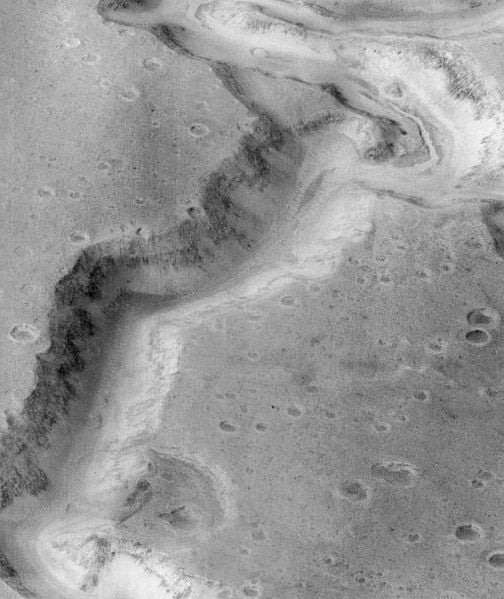
'Canals' on Mars
In the year 1877, Giovanni Schiaparelli developed a 44 cm wide telescope to observe Mars, and make detailed maps. The most astonishing features of these maps were 'canali', which made him and the other people think that water channels, and hence people, or Martians, lived on the planet Mars.
The fashionable idea that Mars was populated by intelligent Martians exploded in the late 19th century. Advertisements and news, even researchers focused on it. Infact, when scientists were unable to interpret the signals from pulsars and other planetary objects, they thought that they were receiving signals and communicating with the inhabitants of Mars.
But once spacecrafts began to visit Mars or fly near it, and obviously with the evolution and growth of highly advanced telescopes, this myth was shattered brutally.
Did water exist on Mars? Does it exist now?
Although we now know that water does not flow on the surface of Mars, the mere presence of dry canals indicates that maybe once water flowed through them, and maybe once life existed there.
But still, it is a 'maybe', because we do not have a time machine in which we can go back in time and see whether life existed on Mars or not. And as far as experiments are concerned, the Curiosity Rover aims to find traces of water and microscopic life on the Martian surface.
Would you like to live on Mars?
The Future of Mars Exploration
Mars One is a non-profit organization that plans to establish a permanent human colony on Mars by 2025. The private spaceflight project is led by Dutch entrepreneur Bas Lansdorp, who announced plans for the Mars One mission in May 2012. Currently, it has selected 1024 participants from over 20,000 applicants for a one-way mission to Mars, from which only 24 will be selected. Although Martian conditions are not very suitable for hum inhabitation, with the help of advancing technology and equipments, life can definitely be made possible on Mars.
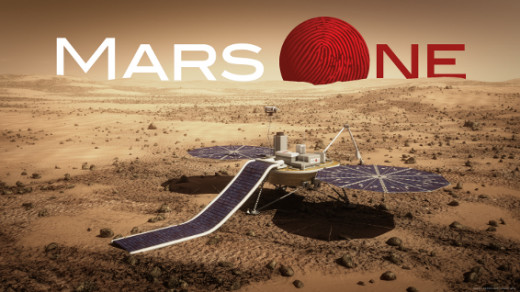
For further information, you may buy one of the following books.



